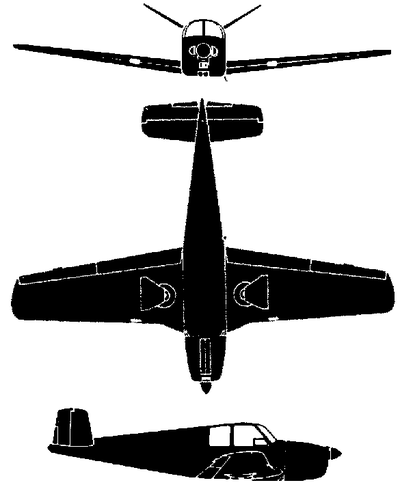Thu, Jun 23, 2011
Pilot Operated A V35 Bonanza With "Known Deficiencies," Board
Says
The NTSB on Monday released a probable cause report for an
accident that fatally injured one person and seriously hurt four
others. In this instance, the pilot apparently chose not to believe
that his airplane was telling him something was wrong and opted to
fly it without having his mechanic look it over. Still, in testing
the board was not able to duplicate the loss of engine power
reported by the pilot before the plane went down. The pilot was the
person fatally injured in the off-airport landing attempt.

NTSB Identification: CEN09FA462
14 CFR Part 91: General Aviation
Accident occurred Saturday, July 25, 2009 in Oklahoma City,
OK
Probable Cause Approval Date: 06/20/2011
Aircraft: BEECH V35, registration: N9112S
Injuries: 1 Fatal,4 Serious.
The airplane had a previous history of in-flight engine
stoppages, and the engine lost power twice within the week before
the accident. The pilot did not have his mechanic investigate the
cause of those events, as he believed when the engine lost power
the airplane was in a fuel cross feed position, and all he had to
do was to switch to a main fuel tank. On the day of the accident
the airplane was two miles from the airport after departure when
the pilot reported a loss of engine power to air traffic
controllers. The pilot executed an off-airport emergency landing to
a congested area, adjacent to a major six-lane thoroughfare. The
airplane was substantially damaged when it impacted a tree and the
concrete base of a light pole, during the emergency landing. The
engine was recovered from the wreckage and installed in an engine
test cell. It started on the first attempt and ran at full throttle
with no anomalies noted. A postexamination of the other airplane
systems showed no anomalies.
The pilot had been treated for anxiety, depression, high blood
pressure, and obstructive sleep apnea, among other significant
conditions. He had been on multiple medications at the time of the
accident including at least an antidepressant, a blood thinner and
a potentially impairing prescription medication often used for the
treatment of chronic pain. The pilot denied any medical conditions
or the use of medications in his most recent application for an
airman medical certificate. It was not possible to conclusively
determine whether distraction or impairment due to his medical
conditions or to medication use may have played a role in his
decision-making following the loss of engine power.

The pilot’s fatal injuries were likely a result of the
impact between his chest and the control yoke. It could not be
conclusively determined the extent to which the forward cabin
structure and the control yoke in particular were moving aft
relative to the rest of the cabin structure following the primary
impact with the ground, but it is possible that the likelihood or
severity of the pilot’s impact with the control yoke would
have been reduced through the availability and use of a shoulder
harness.
The National Transportation Safety Board determines the probable
cause(s) of this accident to be he pilot’s decision to
operate an airplane with known deficiencies, and the loss of engine
power during climb for undetermined reasons.
More News
From 2021: The Inside Skinny On What Being An ANN Oshkosh Stringer Is All About By ANN Senior Stringer Extraordinare, Gene Yarbrough The annual gathering at Oshkosh is a right of p>[...]
Video Showed That During The Takeoff, The Nose Baggage Door Was Open On May 10, 2025, about 0935 eastern daylight time, a Piper PA-32RT-300, N30689, was destroyed when it was invol>[...]
Get The Latest in Aviation News NOW on Instagram Are you on Instagram yet? It's been around for a few years, quietly picking up traction mostly thanks to everybody's new obsession >[...]
"I think what is key, we have offered a bonus to air traffic controllers who are eligible to retire. We are going to pay them a 20% bonus on their salary to stay longer. Don't reti>[...]
Aero Linx: Pilot Briefing The gathering, translation, interpretation, and summarization of weather and aeronautical information into a form usable by the pilot or flight supervisor>[...]
 Oshkosh Memories: An Aero-News Stringer Perspective
Oshkosh Memories: An Aero-News Stringer Perspective NTSB Prelim: Piper PA32RT
NTSB Prelim: Piper PA32RT ANN FAQ: Follow Us On Instagram!
ANN FAQ: Follow Us On Instagram! Aero-News: Quote of the Day (05.28.25)
Aero-News: Quote of the Day (05.28.25) ANN's Daily Aero-Term (05.28.25): Pilot Briefing
ANN's Daily Aero-Term (05.28.25): Pilot Briefing




